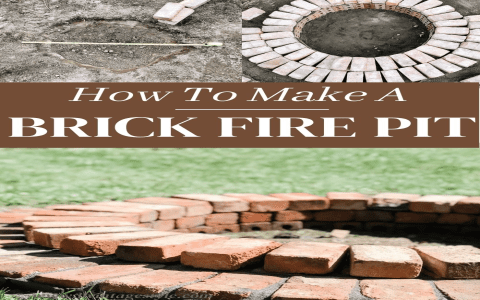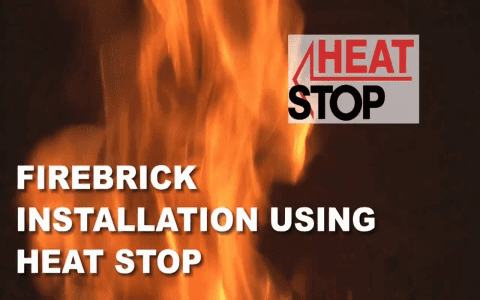Well, let’s talk about them refractory items, you know, the things they use in them hot, hot places like furnaces and such. I ain’t no fancy engineer, but I know a thing or two ’bout what lasts and what don’t.
First off, you gotta understand these things gotta be tough. I mean, real tough. They gotta stand up to heat that’d melt your face off, and they can’t be fallin’ apart when things get hot and then cool down fast. That’s what they call “thermal shock,” I think.


Now, there’s different kinds, see? Some are heavy and strong, like them firebricks. They say they’re “dense,” which just means they’re packed tight and ain’t got no air in ’em. Those are good for places where things get real nasty, you know, with all sorts of chemicals and fumes and such. They can take a beatin’, that’s for sure.
Then you got the other kind, the “insulatin’” ones. They ain’t as strong, but they keep the heat in better. It’s like puttin’ a good quilt on your bed in the winter. Keeps the warmth where it belongs.
- So, how do you pick the right one? Well, that ain’t easy. You gotta think about how hot it’s gonna get. That’s the “temperature range,” they call it.
- And you gotta think about what kind of stuff it’s gonna be around. Some chemicals eat away at certain things, so you gotta make sure it can stand up to ’em.
- You also gotta think about how quick it heats up and cools down. If it’s too fast, it might crack.
- And don’t forget, how much heat it lets through. Sometimes you want it to hold the heat, sometimes you want it to let some through. It all depends.
Choosing the right refractory is real important, ya see. It ain’t just about buyin’ the cheapest thing. If you get it wrong, it’s gonna cost you more in the long run, ’cause you’ll be replacin’ it all the time. It’s like buyin’ cheap shoes, they look good for a bit, but they fall apart quick.
And another thing, they gotta be “chemically inert.” That just means they don’t react with the stuff around ’em. You don’t want your furnace lining meltin’ away, do ya? It’s like puttin’ water on a grease fire, makes things worse, not better.
They also talk about “thermal conductivity” and “thermal expansion.” Sounds fancy, but it just means how well it moves heat and how much it grows when it gets hot. You gotta get them things right, or you’ll be in a heap of trouble.
So, when you’re lookin’ at these refractory items, don’t just go by what the fella at the store tells ya. Think about what you’re gonna use it for, how hot it’s gonna get, and what kind of stuff it’s gonna be around. And don’t be afraid to ask questions. Better to ask a dumb question than to make a dumb mistake, that’s what I always say.
Remember, these things ain’t cheap, so you wanna make sure you get it right the first time. It’s like buyin’ a good stove, you want it to last a long time, not just a year or two. It’s a investment, not just a expense. And if you ain’t sure, find someone who knows what they’re talkin’ about. Don’t go guessin’, ’cause guessin’ can get you in a whole lot of trouble.
In the end, it’s all about pickin’ the right tool for the job. And when it comes to them hot, hot places, you gotta have the right refractory items, or you’re gonna be in a world of hurt. It’s like tryin’ to plow a field with a spoon, ain’t gonna work, is it?


So, take your time, do your homework, and pick the right stuff. It’ll save you a whole lot of headaches in the long run, believe me.
Tags:Refractory Materials, High-Temperature Materials, Industrial Furnaces, Thermal Shock Resistance, Chemical Resistance, Firebricks, Insulating Refractories, Thermal Conductivity, Thermal Expansion, Material Selection



